Efficiency
Cadmium telluride panels have an efficiency rating of 9% to 11%, whereas CIGS units are slightly more efficient with a rating of 13% to 15%. Amorphous silicon cells, on the other hand, are the least efficient of all — having a rating of 6% to 8%.
Capacity
There is no standard way of measuring the power capacity of thin-film units. This is mainly because they don’t come in standardized sizes. Thin-film panels will differ in capacity from one another according to physical size. In any case, traditional crystalline units will offer more capacity than a thin-film counterpart of the same dimensions.
Price
While CIGS panels don’t require you to break the bank, they have the highest cost per watt among the thin-film variety (averaging at $0.60 to $0.70 per watt). Lower on the price spectrum is cadmium telluride, with an average cost of $0.50 to $0.60 per watt. The most inexpensive type, however, is amorphous silicon with only $0.43 to $0.50 per watt on average.
Other Factors to Consider When Choosing Solar Panels
While price, efficiency, and capacity are key factors in selecting the solar unit that suits your needs, other elements are also worth considering. Accounting for all the factors that come into play will allow you to make the best choice.
Installation
Installing residential solar panels can cost anywhere between $9,000 and $28,000, with an average of $18,000. The price essentially depends on several key factors, most considerably the labor cost and demand in your area. Other elements include your energy usage, local solar unit prices, and the yearly amount of sun your rooftop receives. In any case, installing solar units will give you a significant return on investment in the long run.
Temperature
A solar unit’s temperature can influence its ability to produce energy. This effect is indicated via the temperature coefficient which measures the output reduction for every 1℃ increase in heat level over 25℃ (77℉, but the coefficient is measured in Celcius). The temperature coefficient of crystalline panels ranges between -0.3% and -0.5% per ℃ while that of thin-film units is -0.2% per ℃. Basically, a thin-film system can be the ideal option if you live in warmer areas that receive more sunlight.
Space
In dense areas where every bit of space counts, monocrystalline units can be a good choice as they are highly efficient and tend to maximize utility savings. You can also go for PERC systems as they reduce long-run energy costs even more. If you live in a larger property, however, polycrystalline is the better option. Essentially, the larger surface area will make up for the reduced efficiency. You may want to bear in mind, however, that a larger footprint entails higher costs of labor. Thin-film solar systems, on the other hand, are more preferable where labor-intensive applications of crystalline units are not very practical. Such places can include apartment buildings and other compact spaces.
Weather Conditions
Another important factor to consider when choosing a solar panel system is its hail rating. Solar cells are often tested for hail impact — this is usually done by dropping 2-inch steel pellets on solar cells from a height of over 50 inches. Due to their thick surface, crystalline units are resistant to hail storms of up to 50 mph. Thin-film panels, however, have a lower rating as they are thin and flexible.
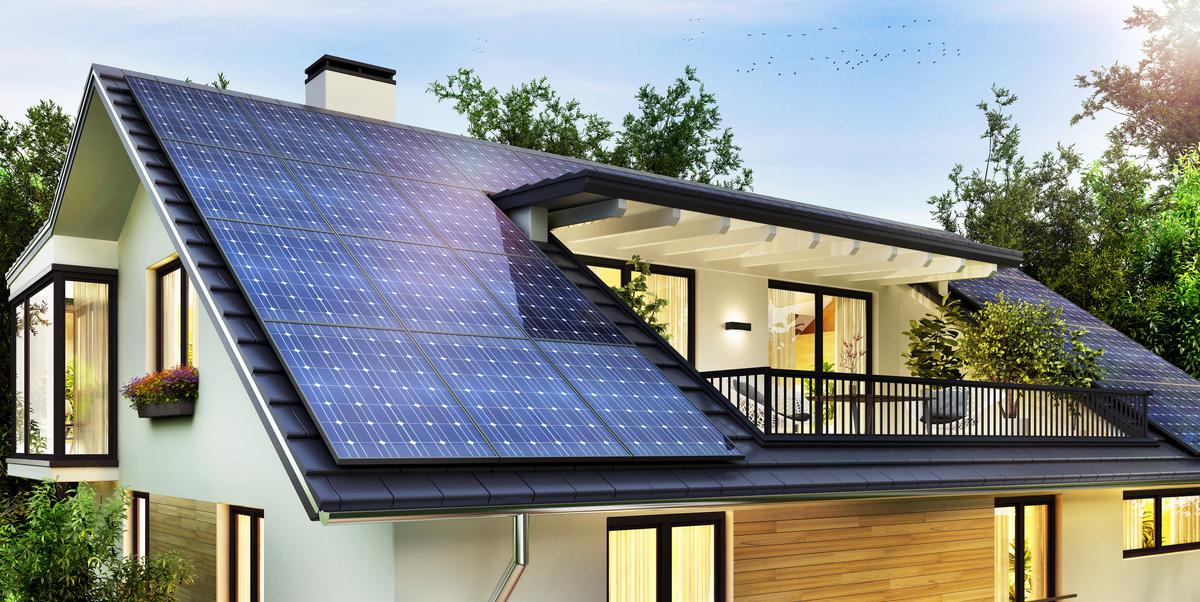
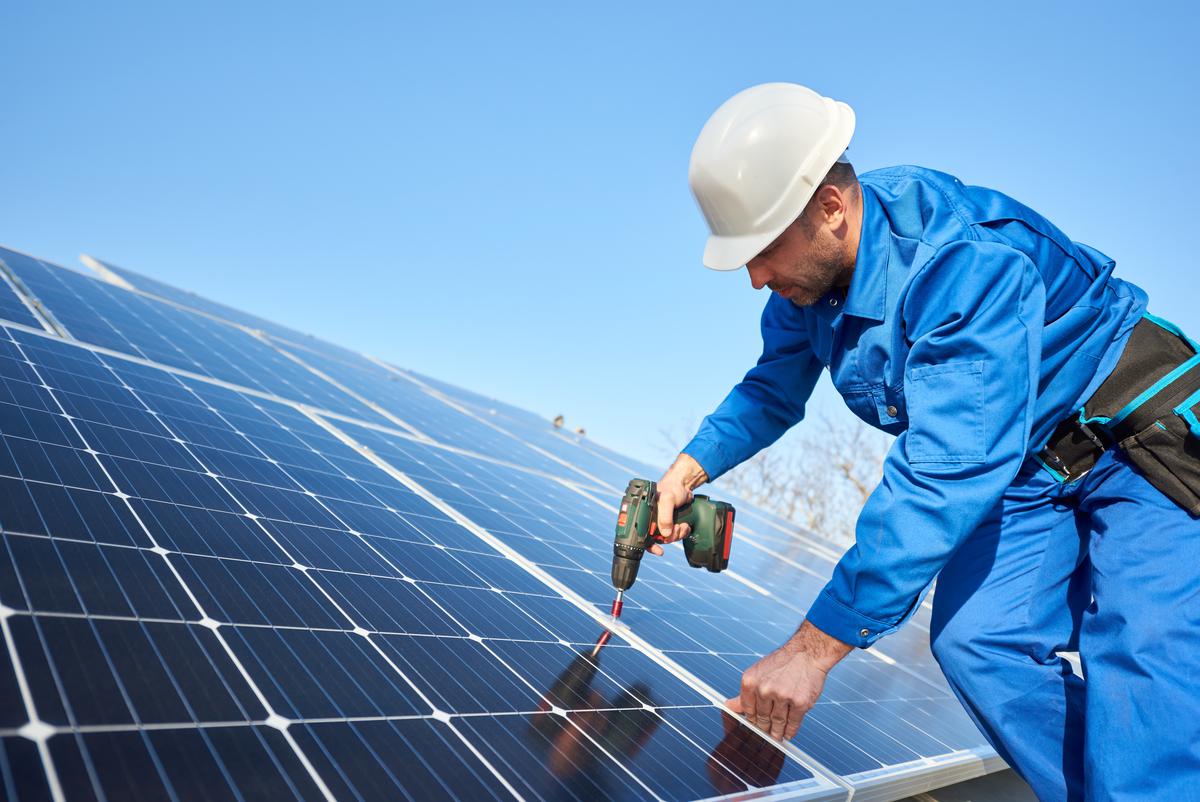
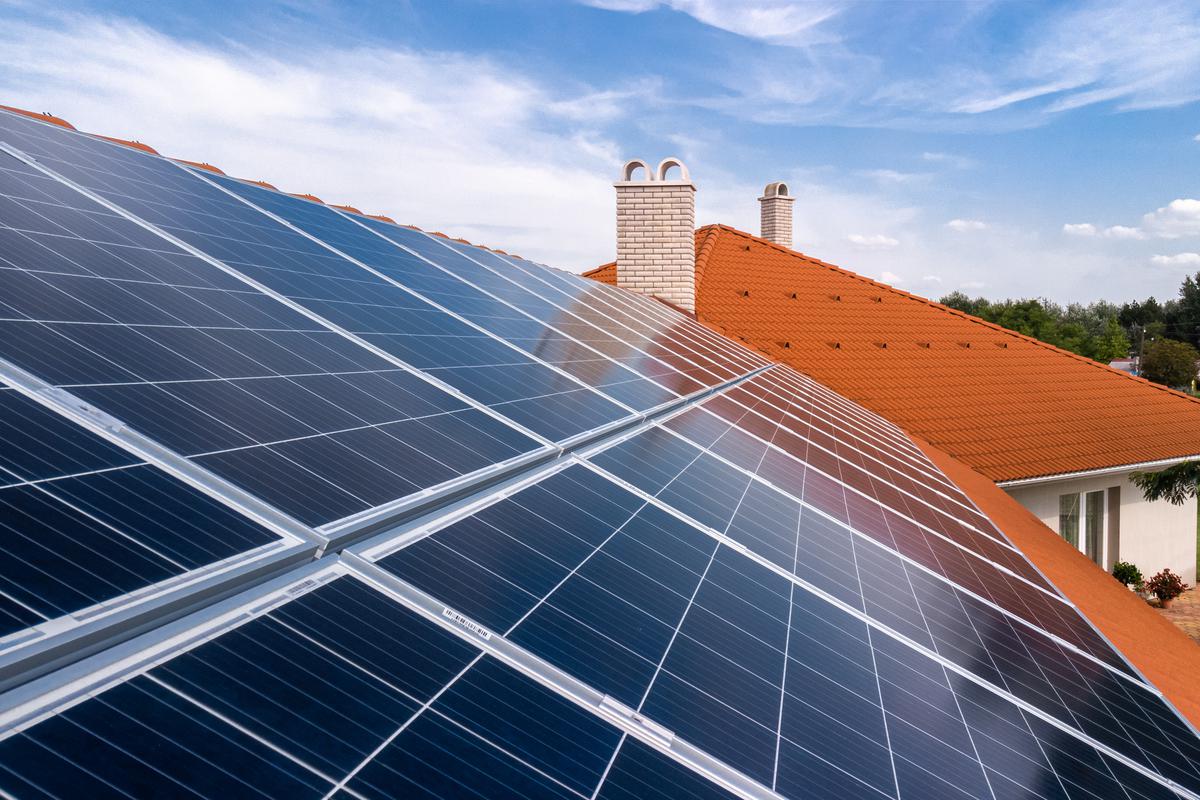
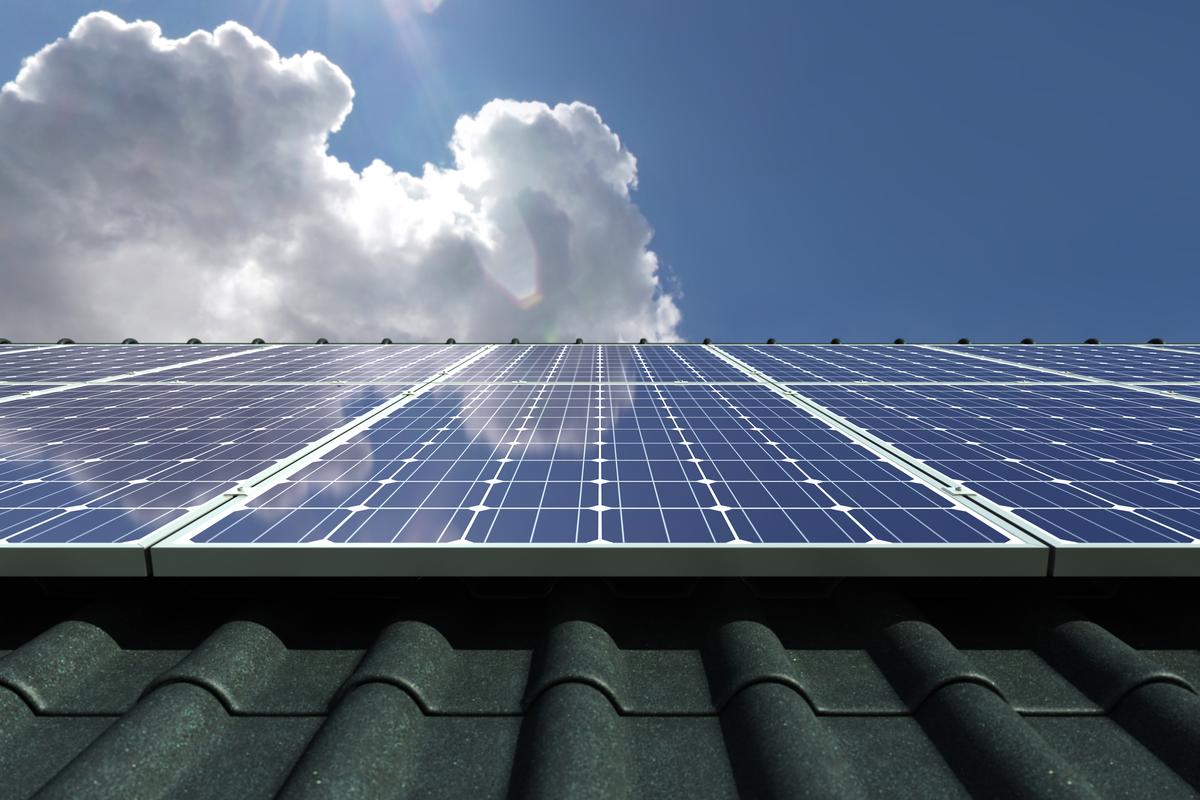
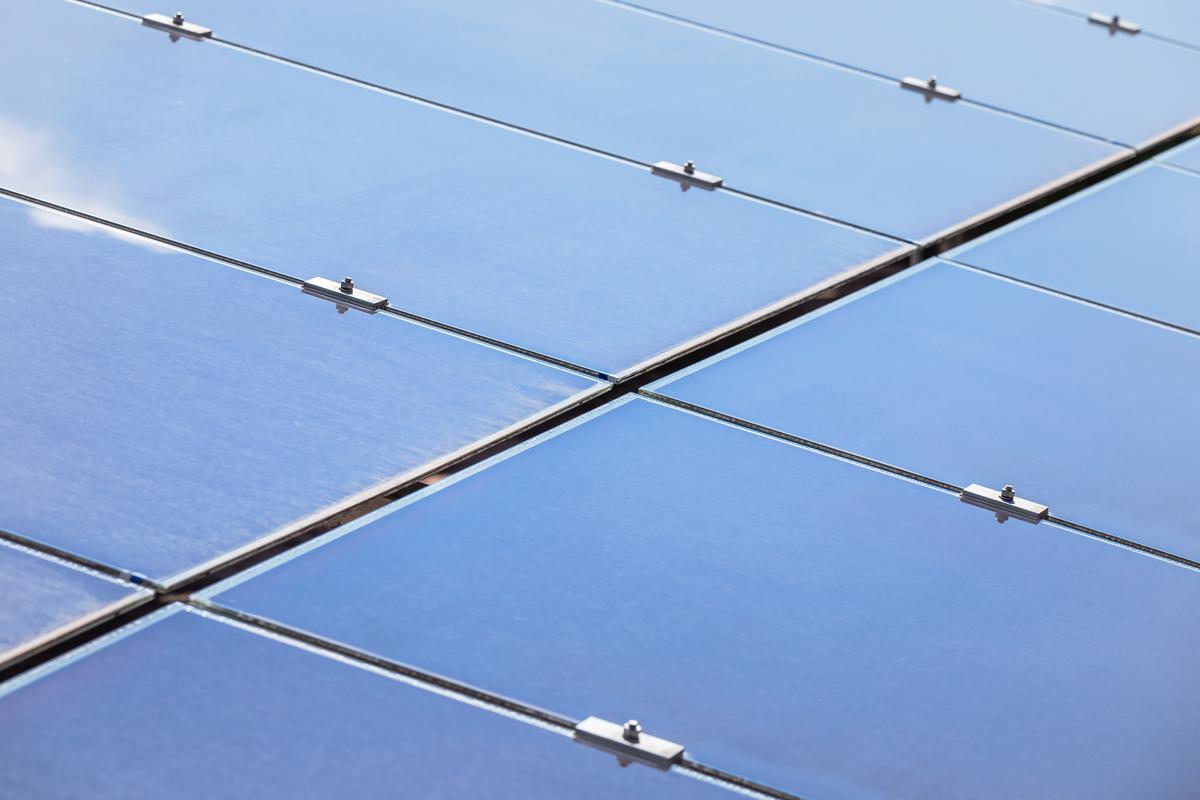
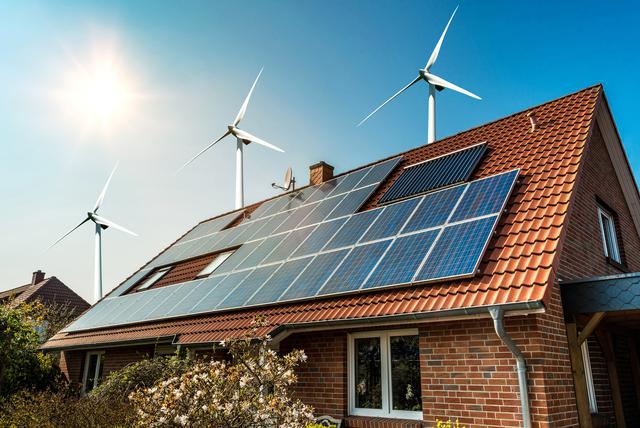
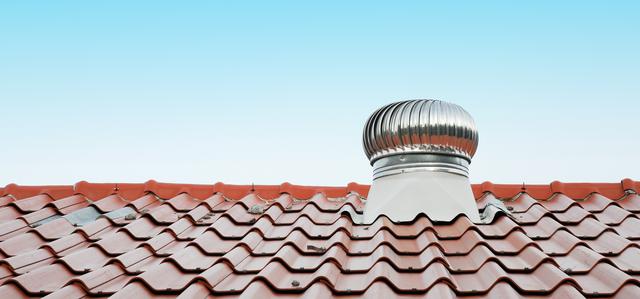
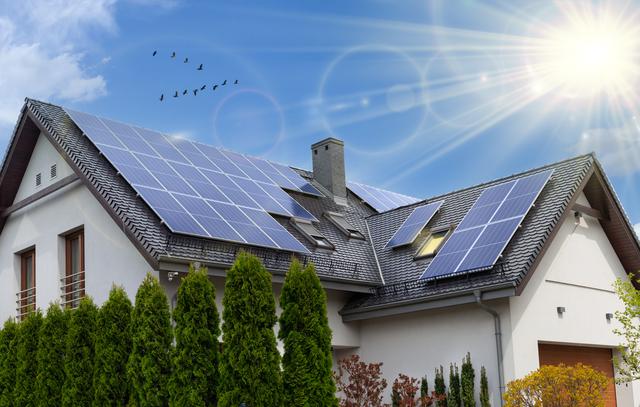
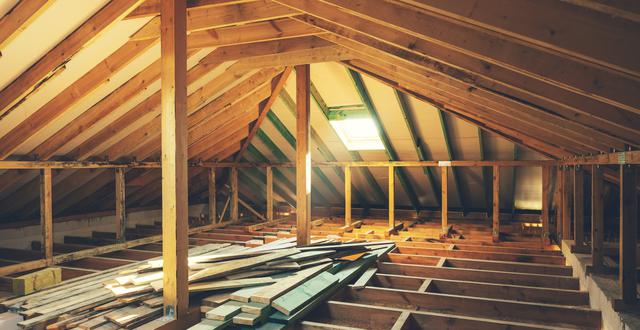
comments